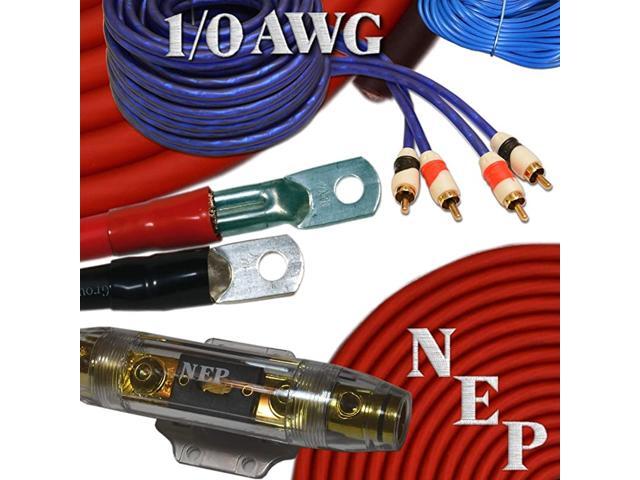

Remember, the thinner the wire, the more resistance – and heat loss. One way to compensate is to get thicker wire, which will lessen the resistance of the current and reduce voltage drop. That’s because your 120-volt circuit is more like 108 volts…or less! If you run wire to a shed that is far from your house, you might experience the results of voltage drop – tools that don’t run up to maximum power, dim lights, etc. The longer the wire, the more heat that is lost. Wire releases heat, which is essentially electricity loss. The longer the circuit, the less ability that circuit has to provide voltage – this is called “ voltage drop”. Not all devices are created equal, so while your neighbor might run a power tool on a 15 amp circuit with 14/2 wire, it doesn’t mean you can. Remember the old formula – volts x amps = wattage. Last – always be sure to check the voltage requirements and total wattage of the device you intend to use. If you are going to be using lower-rated 240-volt devices, such as a window air conditioner, then you can use a 30 amp, 240-volt breaker in conjunction with 10/3 AWG UF-B wire. Use 6/3 AWG UF-B wire will allow you to bury it directly into the ground, and is a low enough gauge to safely supply power for your 240-volt circuit in the shed. If this is the case, you’ll need either a 50 or 60 amp breaker in your main subpanel. What Wire to Use for 240 Voltsīringing 240 volts to your shed means that you want to operate something like an electric fireplace or welder. The wire is the appropriate gauge for a 20 amp breaker.

#200 amp wire size upgrade
If you are dead set that you’ll never want to upgrade your amperage – which would allow you to run an electric heater plus power tools – then 12/2 AWG UF-B wire is perfectly fine. This saves you from removing the 12 gauge wire from the conduit and then fishing new wire back through the conduit.

Using 10/2 wire for your shed will allow you to upgrade to a 30 amp breaker in the future. So why not just use 12 gauge wire to run to your shed? Typically in your house, you’ll use 14 gauge wire with your 15 amp, 120-volt breakers, and 12 gauge wire with your 20 amp, 120-volt breakers. Thus, when combined with lights, then a 15 amp breaker is not enough. While that doesn’t mean that it will operate at 16 amps all the time, it does indicate that it can get close to it. Heavier equipment like a miter saw is rated up to 16 amps. Here’s why: a 20 amp breaker will ensure you don’t trip your breaker when operating your tools and lights at the same time. Use a 20 amp breaker and 10/2 AWG UF-B wire. Typically the most amps you’ll need are a little over 15 to run your lights and a miter or table saw simultaneously. Most shed owners need a couple of outlets and some lights to see what they’re doing. Can I Use an Extension Cord to Power My Shed?.What Size Breaker Do I Need for a Shed?.


 0 kommentar(er)
0 kommentar(er)
